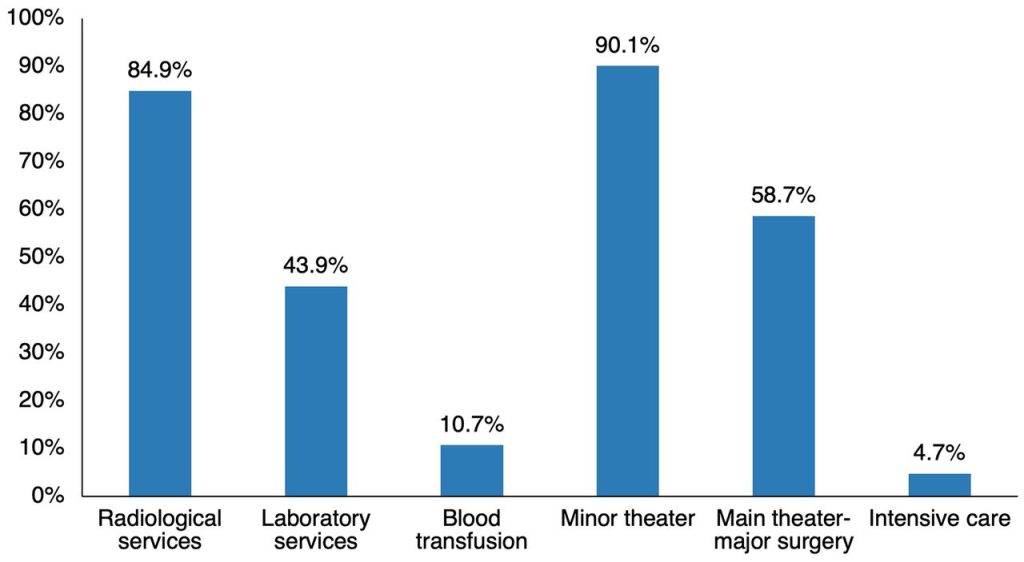

Title: Motorcycle Crash Mortality Rates: A Study of Deadly Percentages
Introduction
Motorcycles provide an unparalleled sense of freedom and excitement that few other transportation methods can match. Yet, they also carry a heightened risk of accidents and deaths. Grasping the mortality rates tied to motorcycle crashes is vital for enhancing safety initiatives and lowering the yearly toll of lives lost. This article explores the figures, contributing factors, and potential remedies to alleviate the dangers.
Statistics and Trends
Motorcycle incidents pose a considerable issue globally. As per the National Highway Traffic Safety Administration (NHTSA), motorcyclists are roughly 28 times more likely to perish in a collision per vehicle mile than those in passenger cars. In 2020, motorcycles represented 14% of all traffic deaths in the United States, even though they make up only 3% of all registered vehicles.
The mortality rate for motorcyclists has fluctuated over the years. In 2019, there were 5,014 motorcycle-related deaths, a minor drop from 5,038 in 2018. However, 2020 experienced a rise, with 5,579 fatalities, underscoring the ongoing struggle to enhance motorcycle safety.
Contributing Factors
Numerous elements lead to the elevated mortality rates among motorcyclists:
1. Absence of Protection: Unlike automobiles, motorcycles lack a protective enclosure, exposing riders to greater injury risks during crashes.
2. Excessive Speed: Speeding frequently contributes to motorcycle accidents. Increased speeds diminish reaction times and heighten crash severity.
3. Alcohol Influence: Alcohol significantly influences motorcycle fatalities. In 2019, 29% of motorcyclists in fatal accidents had a blood alcohol concentration (BAC) of 0.08% or greater.
4. Use of Helmets: Helmets serve as an essential safety precaution. The NHTSA approximates that helmets saved 1,872 lives in 2017, and an additional 749 lives could have been preserved if all motorcyclists had utilized helmets.
5. Novice Riders: Inexperienced riders are at a higher risk for accidents. Adequate training and licensing are crucial for mitigating this danger.
6. Road Quality: Deteriorated road conditions, such as potholes and debris, can pose significant risks for motorcyclists.
Potential Solutions
To curb motorcycle crash mortality rates, several strategies can be implemented:
1. Enhanced Rider Training: Thorough training programs can arm riders with the skills necessary for safe navigation and handling unexpected circumstances.
2. Stricter Helmet Regulations: Enforcing mandatory helmet laws can significantly lessen head injuries and fatalities.
3. Public Awareness Initiatives: Increasing awareness regarding the dangers of motorcycle riding and promoting safe behaviors can foster responsible riding habits.
4. Upgraded Road Infrastructure: Ensuring road maintenance and addressing hazards can foster a safer atmosphere for motorcyclists.
5. Technological Innovations: Integrating advanced safety technologies, such as anti-lock braking systems (ABS) and traction control, can improve motorcycle safety.
Conclusion
The rates of motorcycle accident fatalities continue to be a critical concern that necessitates a comprehensive strategy for effective resolution. By recognizing the contributing factors and applying focused solutions, it is possible to decrease the number of fatalities and make motorcycling a safer method of travel. Through education, legislation, and technological advancements, the objective of preserving lives on the road can be realized.






